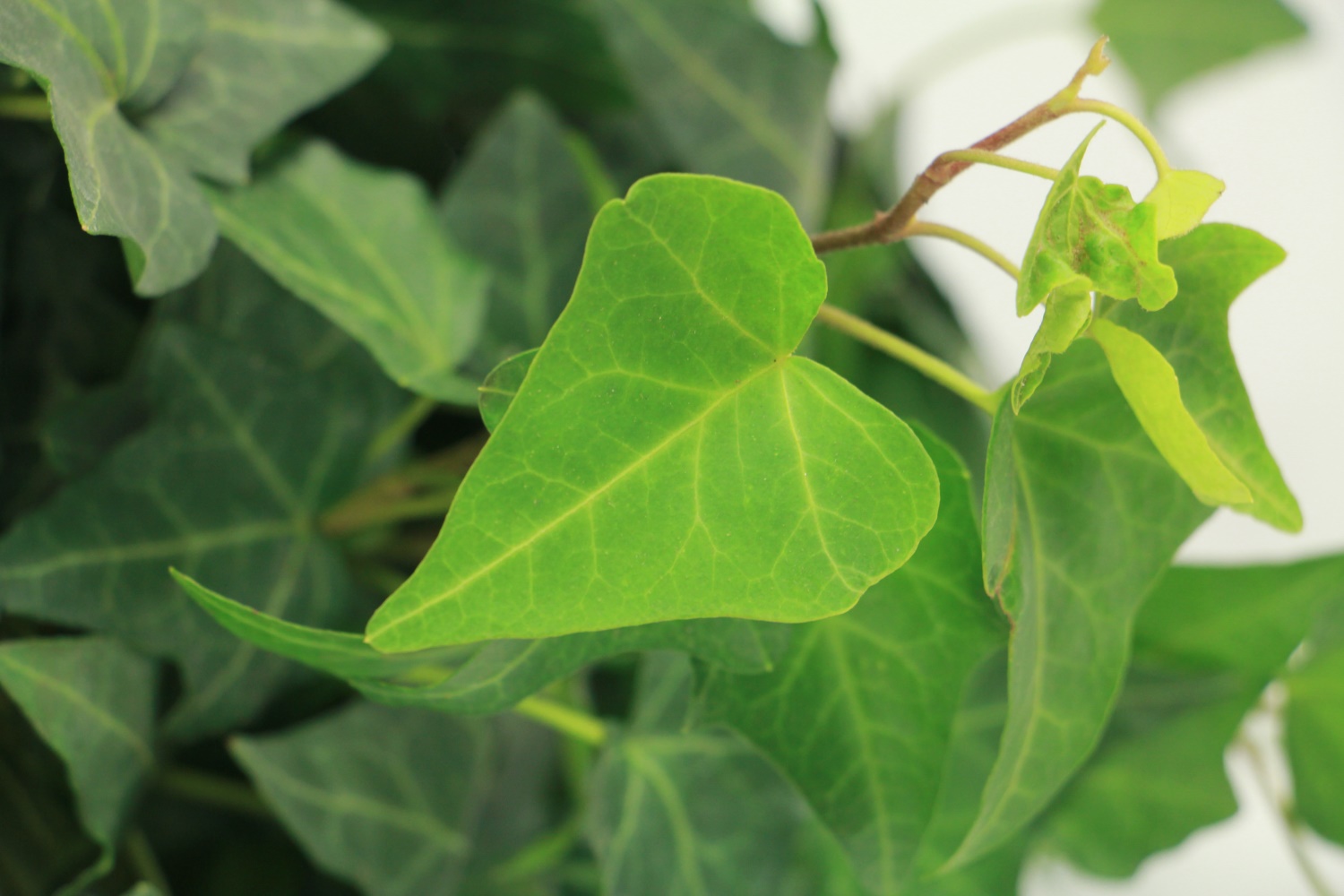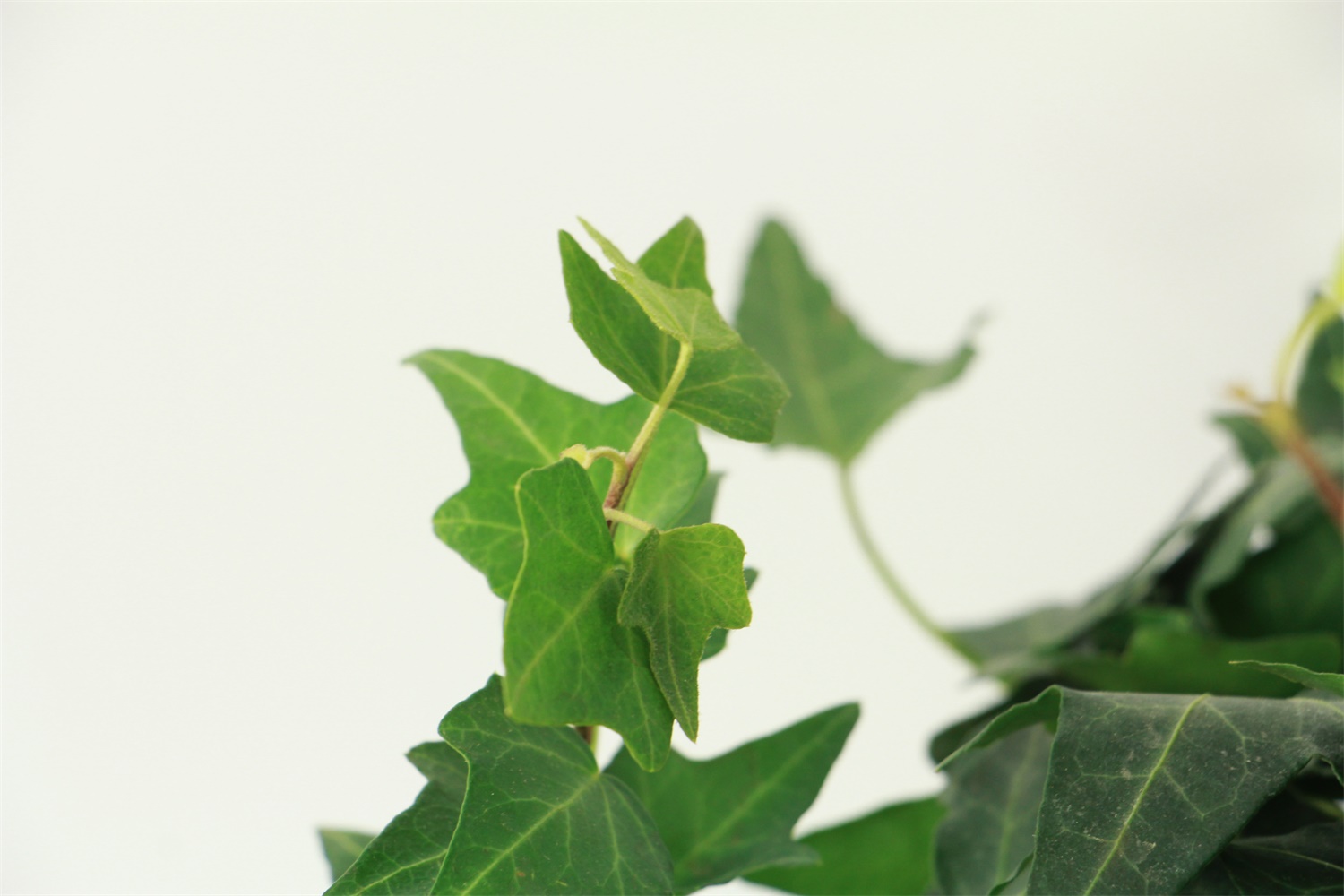1. Conservation environment
In summer, you can choose to raise it under the shade or in a cool house. Although Ivy doesn't have too many requirements for the surrounding environment, it will still be detrimental to the growth of vines in the high temperature in summer. It must not be exposed to the sun for a long time. It's best to move ivy to a cool house during the summer. The suitable environmental conditions for Ivy are to keep the temperature at 20 ℃ during the day, 18 ℃ at night and the surrounding air humidity at no less than 80%. Such a maintenance environment can help Ivy spend the summer

2. Moisture requirements
Pay special attention to maintaining the moisture level of rattan leaves. In summer, because of the large amount of evaporation from the leaf surface of the vine, it is necessary to spray on the leaf surface intermittently to keep the humidity. It is possible to choose the mist spray nozzle or wipe the leaf surface with a little damp clean cotton cloth to keep the leaves moist for a period of time. p>

3. Watering method
In terms of water management, watering should be dry and wet. Do not excessively wet the basin soil. If there is ponding, it must be poured out in time, otherwise it will cause vine roots to rot and vine leaves to fall off. In summer, you can avoid the high temperature period at noon. It is more suitable to water ivy in the early morning or after the sun goes down. Watering and fertilization can be carried out alternately
4. Soil composition
Grasp the soil properties and avoid using alkaline soil for cultivation. You can choose to add an appropriate amount of coconut shell into the cultivation base, or mix it with pastoral soil or plant ash to keep the pH value of the soil between 5.7-5.9. In addition, you should try to keep the soil loose. If you add some soil with more potassium, it will be conducive to the growth of ivy in summer. Avoid using soil with high salinity and alkalinity


 how many times do yo...
how many times do yo... how many planted tre...
how many planted tre... how many pine trees ...
how many pine trees ... how many pecan trees...
how many pecan trees... how many plants comp...
how many plants comp... how many plants can ...
how many plants can ... how many plants and ...
how many plants and ... how many pepper plan...
how many pepper plan...





























